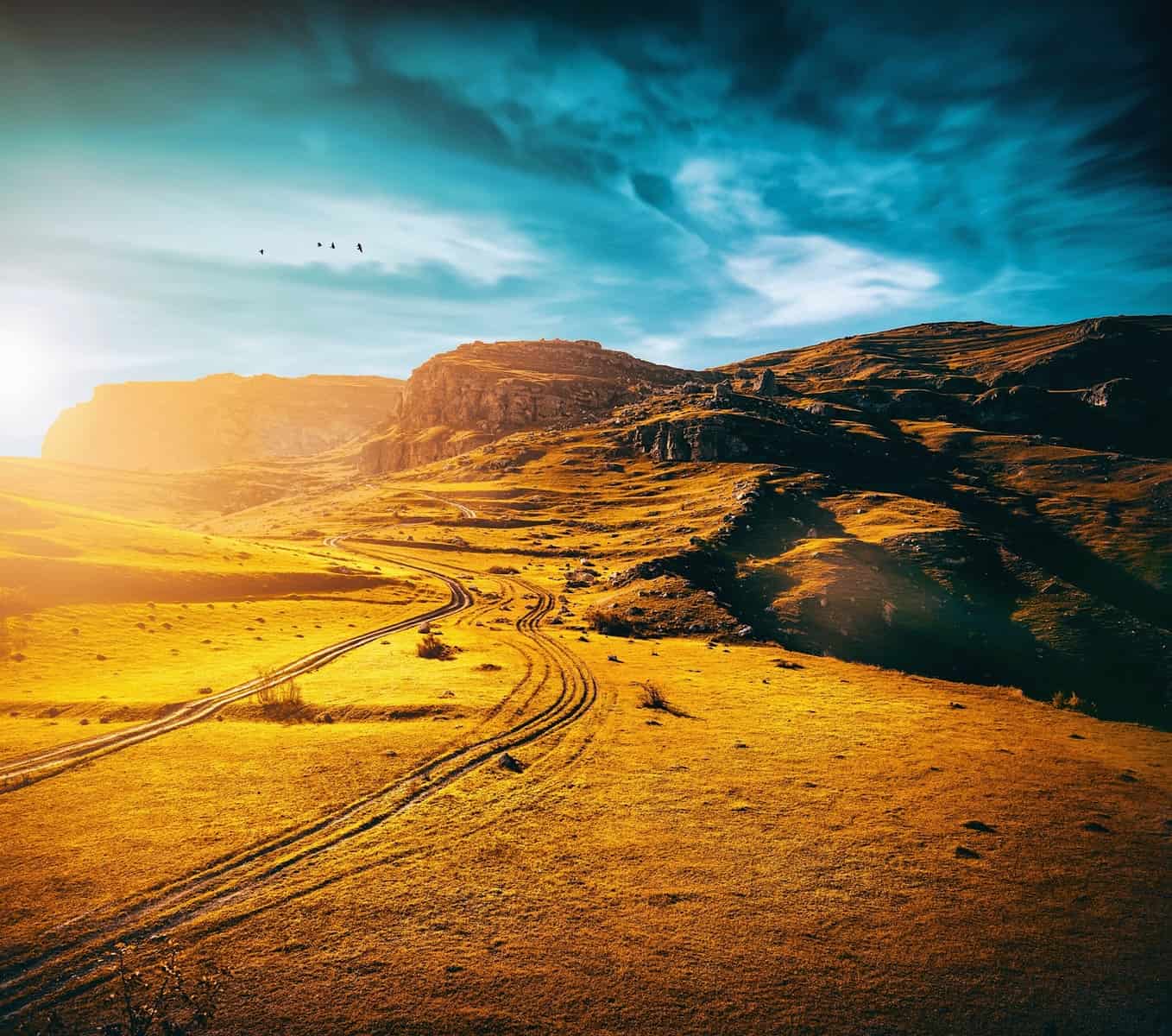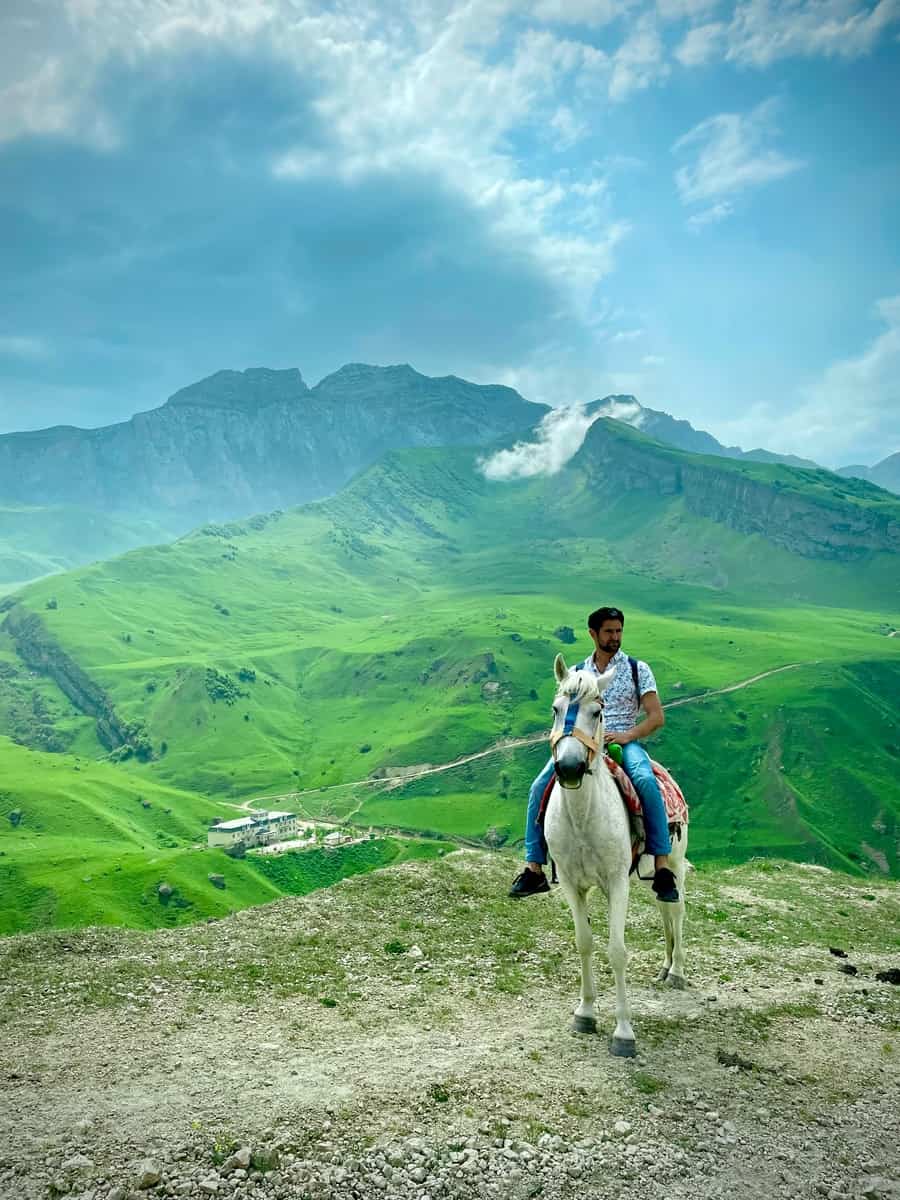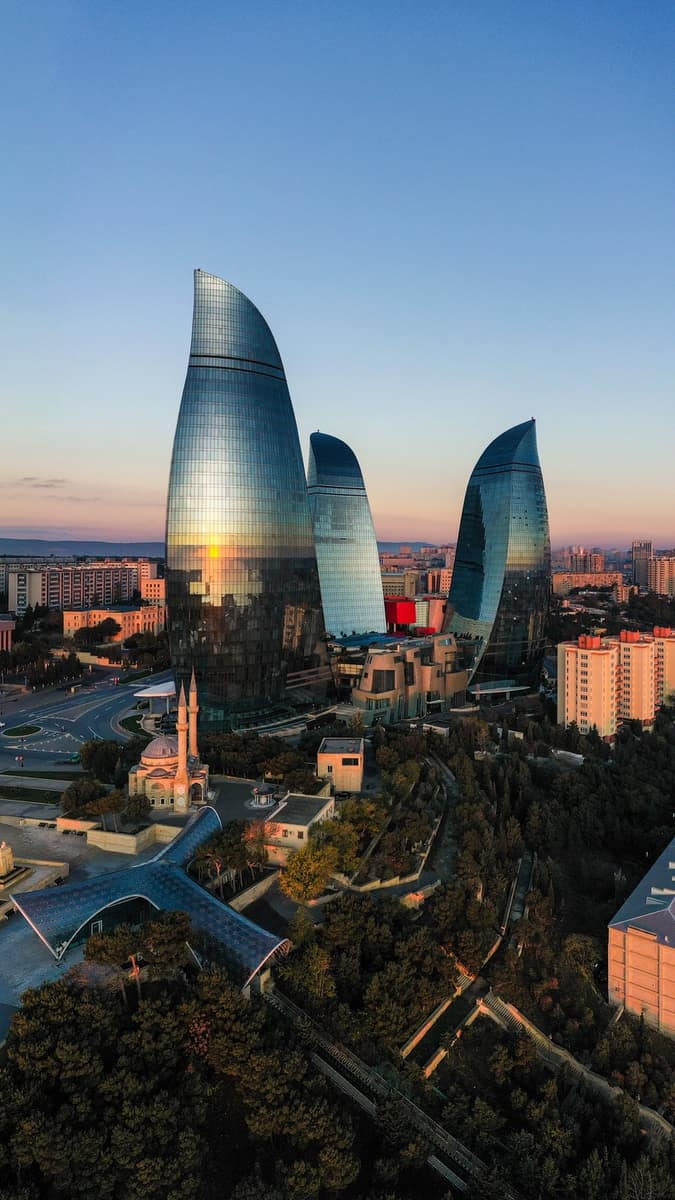Silk Road Tourism Enterprise Programme.
Empowering the Youth and Women of Azerbaijan through Enterprise training
Create your own tourism business.
Silk Road Tourism Enterprise Programme (SRTEP) aims to facilitate development of micro, small and medium tourism businesses (MSMTB) in creative and cultural tourism to create jobs by providing enterprise training to the youth and women of Azerbaijan.
SRTEP will assist entrepreneurship development programmes to enable youth and women to set up their own MSMTBs.




Empowering the Youth and Women of Azerbaijan through Enterprise training
Create your own tourism business.